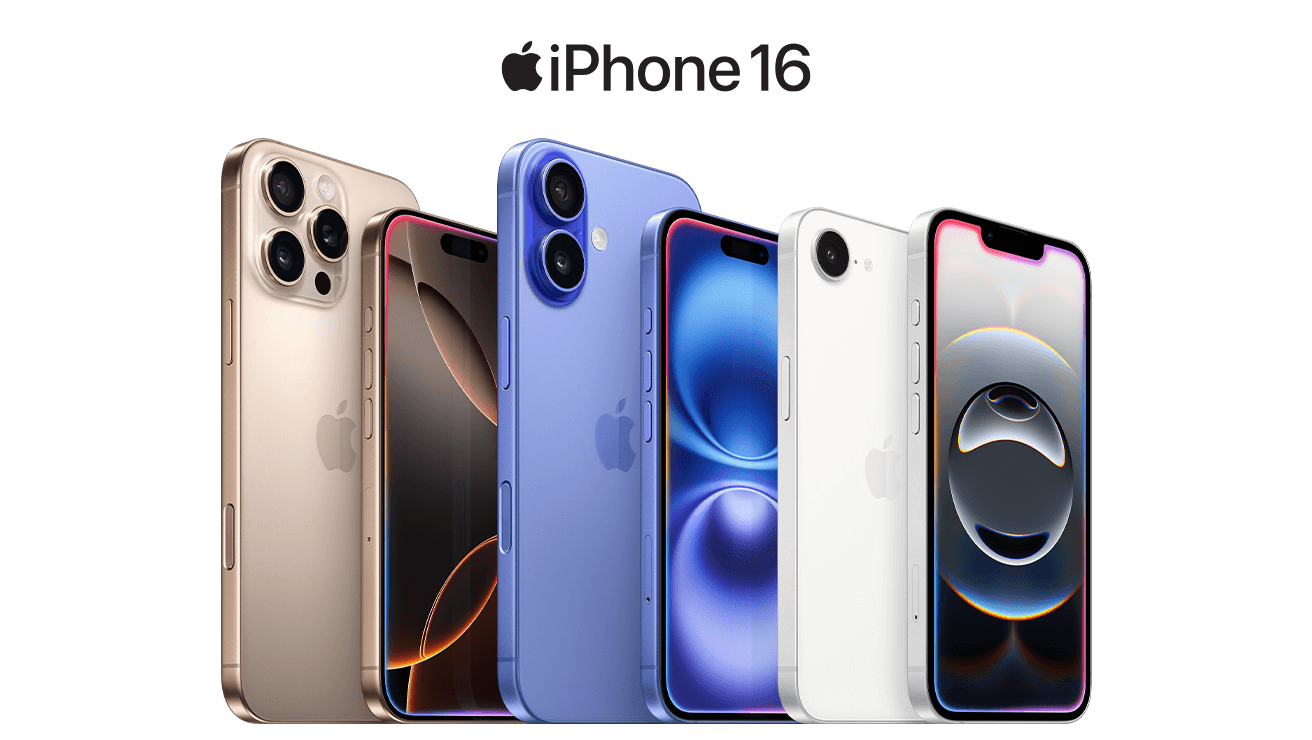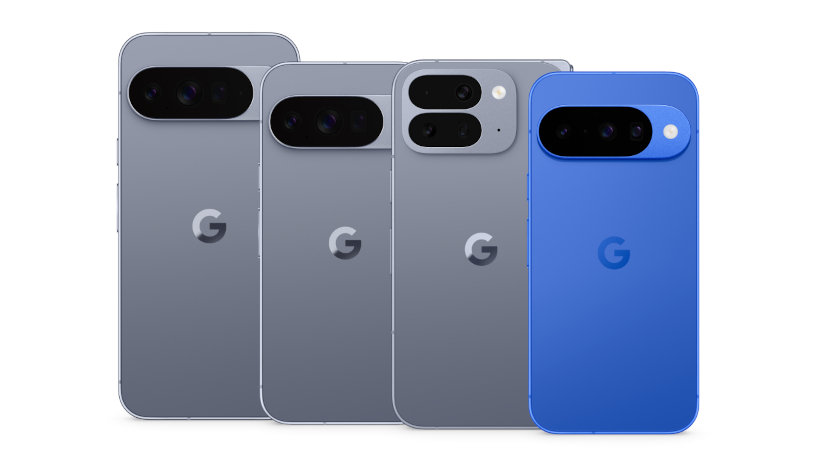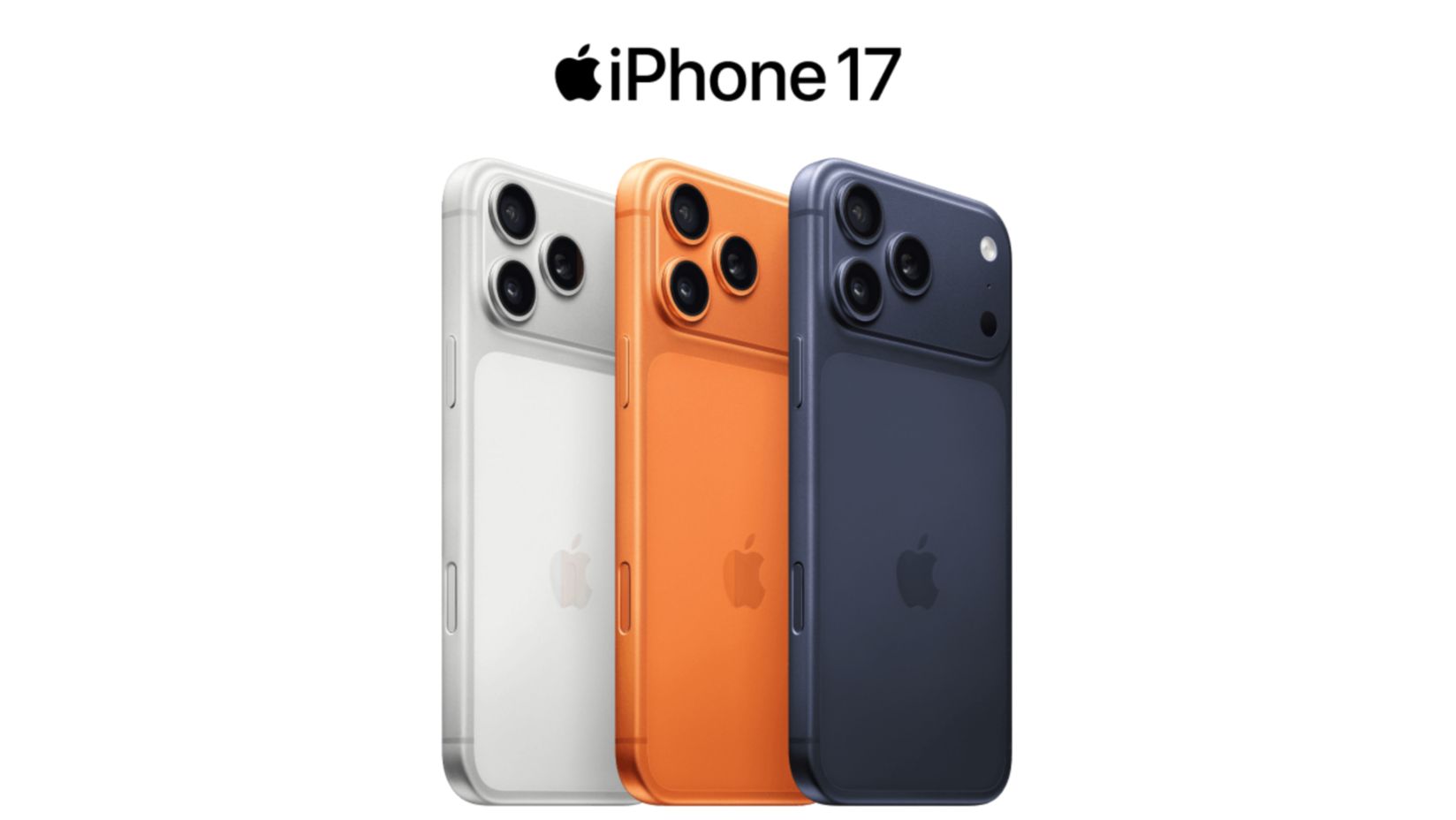8 ways to beach proof your phone
Sun, surf and sand. Bliss for you but a potential disaster for your smartphone. Follow our beachy keen tips to keep your phone safe from the elements, in all seasons.
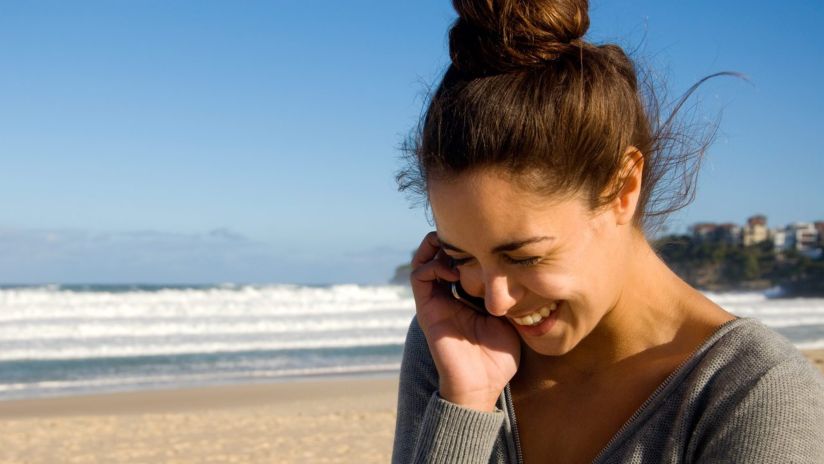
Why take your phone to the beach in the first place?
Know how to protect your phone from beach-related hazards? Leave it at home.
If only it were that simple.
It's just not a day at the beach without music, selfies and a cheeky scroll through your socials - and it's essential you're contactable in an emergency. Leaving home without your phone is not realistic, so let's get practical. Our tips won’t guarantee your phone stays safe, but they'll give you peace of mind that you tried your best.
Tip 1: Back it up and charge it up
Nothing ruins a day at the beach quite like losing your phone and realising it's not backed up.
It's bad enough having to get a new device, but losing app data along with precious photos and videos? Not on your watch. Make sure your phone is backed up before you head out.
With an iPhone, you can make a backup on your computer or use iCloud to schedule daily backups. The good news is, the first 5GB is free so you can turn on iCloud Photos to save your photos and videos automatically.
The same idea applies to backing up a Samsung device – to your computer or Samsung Cloud and automatically save your photos and videos using Google Photos.
While you're thinking about backing up your phone, think about charging it, too.
Don't get caught out with a dead battery just as the kids stand still for a rare family photo. Why not add a power bank to your collection of beach accessories?
Tip 2: Keep your phone clean
Greasy sunscreen, leaky water bottles and melting ice-cream – how do you protect your phone from the splashes, drips and spills that come with your beachy day out?
Try popping your phone in a resealable bag. It's a popular and cost-effective way to get basic protection while still giving you access to your phone, sticky hands and all.
Keep in mind that the humble sandwich bag is not 100% waterproof and the seal can lose its grip as the day wears on. And if you keep opening and closing the bag, grains of sand can get in and wreak havoc.
Tip 3: Check if your phone's water-resistant or waterproof
When it comes to smartphones, 'water-resistant' does not equal 'waterproof'.
A phone with a water resistance rating of IP67 or IP68 may survive a drop into shallow water (if it's quickly retrieved), but submerge it for a long time and it'll be a very different story.
Water resistance ratings apply to submersion in freshwater - so think twice about taking your phone into the ocean or pool.
Always check the manufacturer's instructions before diving in without proper protection.
If love taking underwater snaps or want your phone with you while swimming, consider a waterproof pouch. Go for an armband design or a lanyard to hang around your neck. You'll want a pouch that’s 100% waterproof and that floats if you accidentally drop it. Also, check the specs to make sure it’s the right size for your phone.
Phone pouches are a great idea. Some have a clear window on both sides, so you can take pictures or videos and even check email if you need to.
Water-resistant iPhones
The latest iPhones are top of the list when it comes to water resistance - they can handle splashes and spills (but never take them into the ocean).
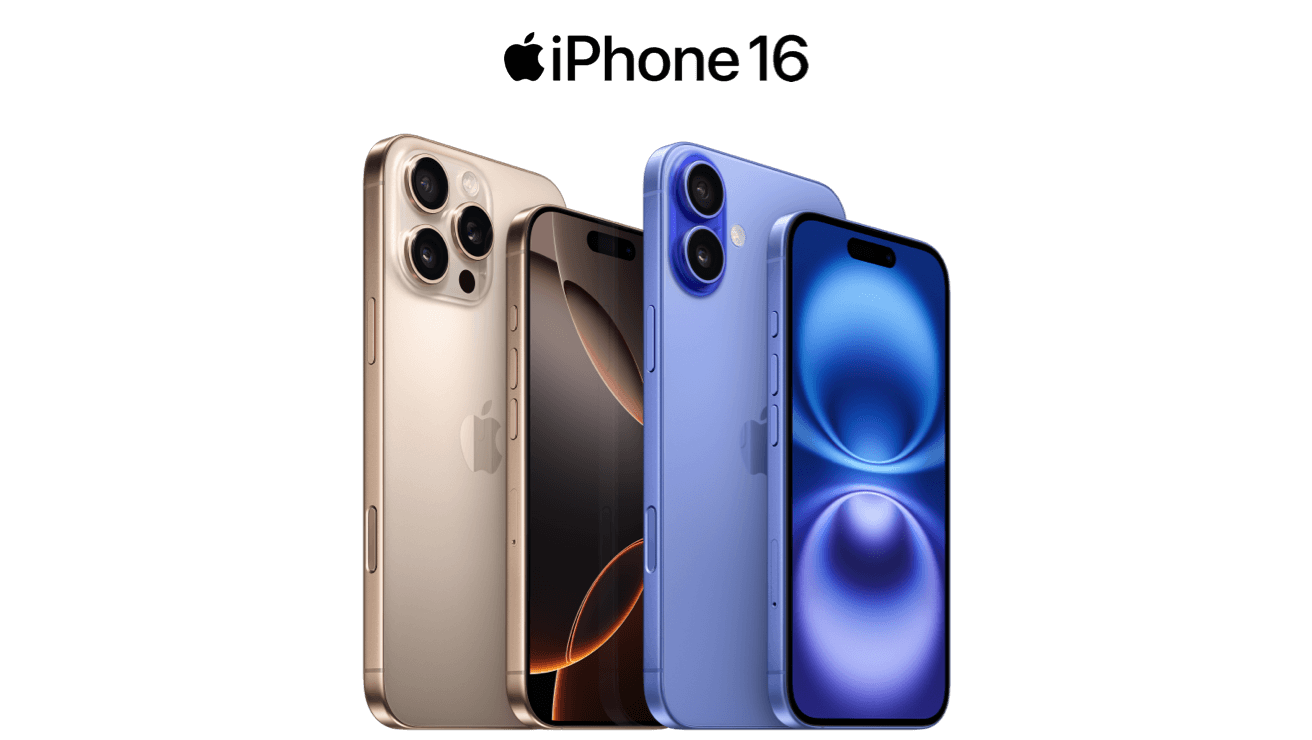
Tip 4: Keep your phone sand free
Sand in your phone ports is as painful as it sounds, so if you spend a lot of time at the beach, you might want to get dust plugs. Made of metal or silicone, they slide into your device’s earphone and charging jacks to stop sand or moisture from getting in. Search for 'dust plugs' and you'll find loads of choices.
What if you already have a sand problem?
Apple recommends you unplug and turn off your phone, then wipe it down with a lens cloth, using warm soapy water if necessary. Avoid getting moisture in the openings and don't use cleaning products or compressed air.
Be careful with the invasive sand-removal remedies you find online, they can do more harm than good.
When it comes to sand damage, prevention is better than cure, so before you hit the beach, put your phone in a waterproof/sandproof pouch and keep it there.
Tip 5: Hide your phone from prying eyes
Protecting your smartphone from the elements is one thing but hiding it from thieves is something else.
You know the dilemma, you’re hanging for a swim but there’s no one around to look after your valuables. If you’re willing to take the risk, try these tips for hiding your phone while you're in the water:
- Get a towel with a hidden pocket – choose one with a flap or get one with a waterproof zippered pouch. Keeping your phone in a hidden pocket may make it harder for pickpockets to grab and go.
- Get creative with disguises - there are lots of inventive ways to hide a phone! Cut the bottom out of a clean, empty sunscreen container and put your phone inside, pop it in an esky (not too cold or wet) or hide it in a nappy bag.
- Get serious about storage – invest in an anti-theft tote or backpack. The good ones have puncture-proof pockets, hidden combination locks and straps to fasten to a beach umbrella or lounge chair.
Obviously, nothing will keep your phone completely safe from being stolen, so think twice before leaving it unattended.
Tip 6: Keep your phone cool
Apple says that using an iOS device in very hot conditions can permanently shorten battery life. An iPhone should be stored where the temperature is between -20° and 45°.
Though it seems like a safe option, don’t leave your phone in the car because temperatures can rise quickly and exceed the recommended range.
When your phone overheats it could charge more slowly, the display may dim and you may even get a warning message. If this happens, turn it off, head for the shade and let the poor device cool down.
Never leave your smartphone in direct sunlight and avoid playing graphics-intensive video games in hot conditions.
Tip 7: Being sun smart also means being phone smart
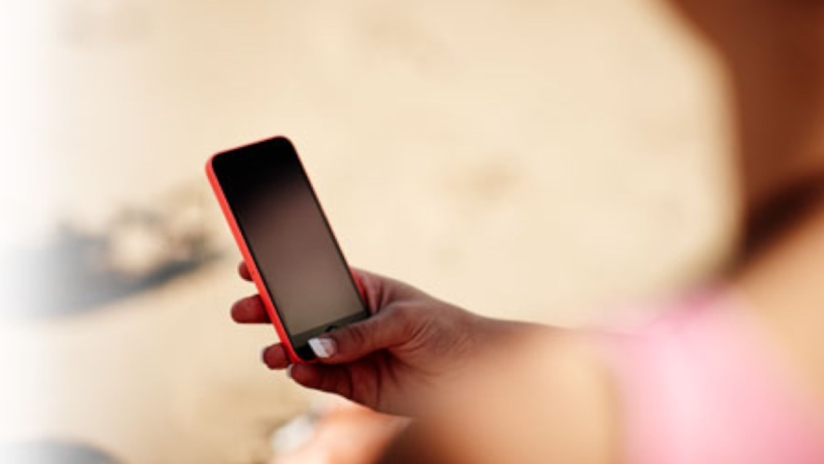
Sun bouncing off the sand and sea can make it tricky to see your phone screen and if you're wearing shades, it's even harder - especially if you have an older phone. This is because both your sunnies and your phone use polarising filters which cancel each other out. Turn your screen 90° in either direction to remedy the situation.
Wearing a wide-brimmed hat, sitting under an umbrella or investing in an anti-glare screen protector can all help (plus we all know the benefits of being sun smart).
Better yet, give your eyes a rest and listen to music, audiobooks or the crashing waves.
Tip 8: Take your smartwatch instead
Back to our idea of leaving your phone at home, why not take your smartwatch instead? Smartwatches use your mobile data to let you stream, text, make calls and use apps – all the things your phone does - only in a more compact way.
There are quite a few benefits to this approach:
- Unlike your phone, a smartwatch is attached to your wrist so it’s less likely to get lost or stolen.
- It’s easier to hear (or feel) when someone is trying to get in touch, and you don’t have to rummage around in bags and under towels to take the call.
- You can clock up serious exercise points with all your beachcombing, paddling and sand-castle building - the latest watches let you keep track of health vitals too.
If you’re worried that your watch might get scratched or waterlogged, you can pick out a case to protect it.
Now you're ready for your day at the beach
Smartphone safe? Check. Now it's your turn to chill out, soak up the vibes, pump up the tunes and kick back with your favourite book.
Time for a new phone?
We have an awesome range for Australia’s best mobile network.
